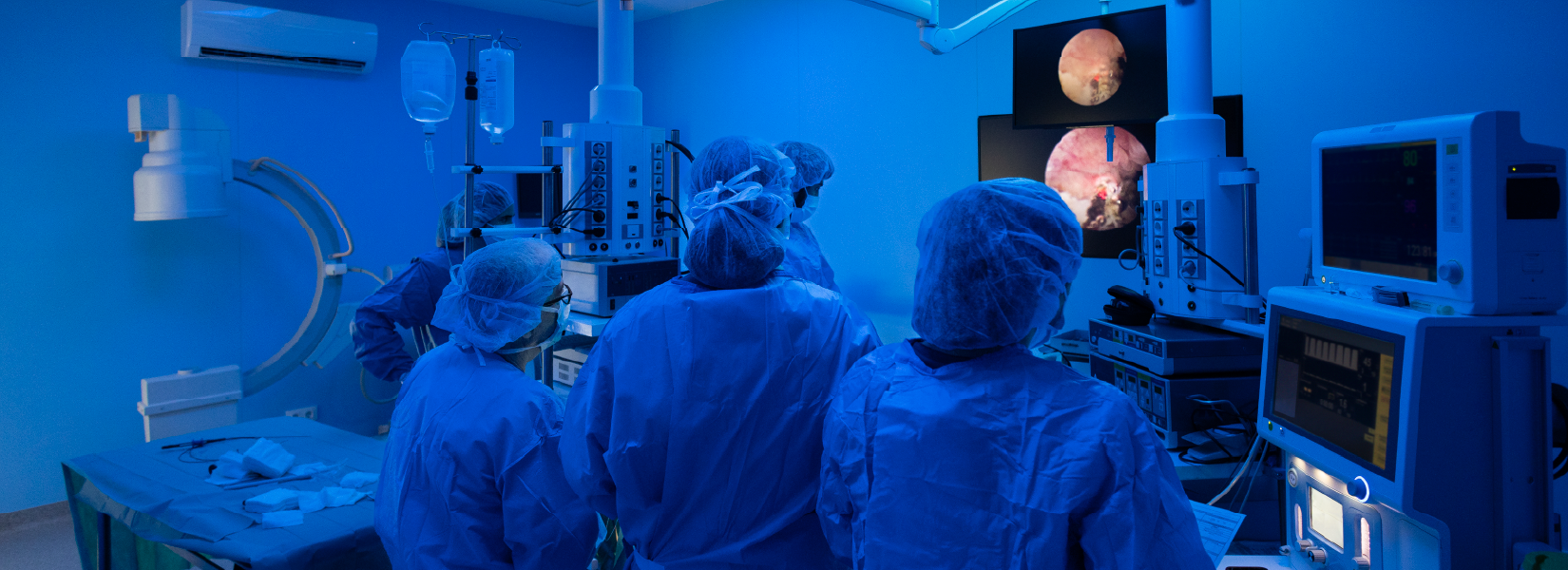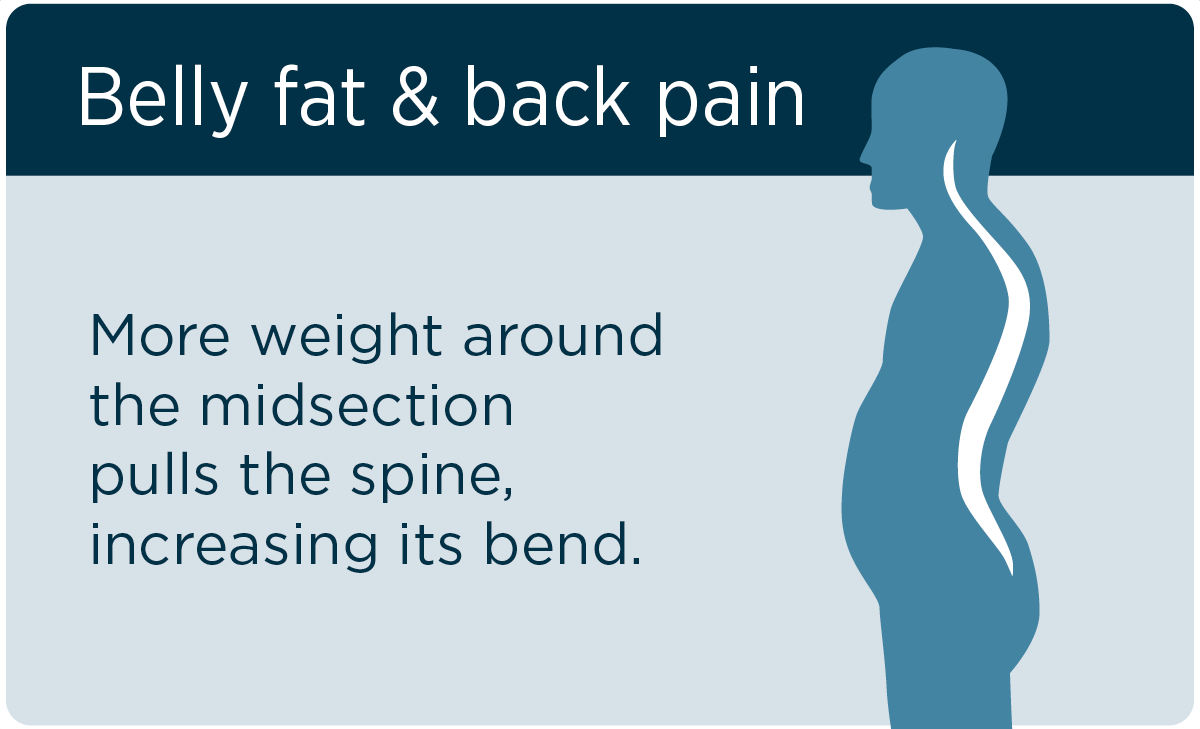
A bruise (also called ecchymosis) can bother us for days, either because they’re painful or we don’t know how they got there.
“The good news is that most bruises aren’t a big deal even if you can’t explain them,” said Shannon Jahn, a Marshfield Clinic Health System Oncology/Hematology Nurse Practitioner.
Unexplained bruising usually appears on the arms and lower legs. Sometimes only a slight bump results in random bruises. They are typically red in color at first, then blue or dark purple and finally, yellow or green after a few days as it is healing.
“If you think a bruise is trauma-related, using an ice pack and elevating the affected area can help to decrease swelling in the first 24 hours,” Jahn said. “After that, a warm compress can help recirculate blood.”
Family history, medications may be to blame
“People who have a history of bleeding more than normal during medical procedures and women who get heavy periods may notice they bruise easily as well,” Jahn said. “This may be concerning for a possible underlying bleeding disorder and should be reported. Anyone with a family member who has a bleeding disorder who also bleeds or bruises easily should discuss this with his or her health care provider.”
Prescription and over-the-counter medications and nutrition supplements can make you bruise more easily. Some medications and supplements associated with bruising include:
- NSAIDs (aspirin, ibuprofen and naproxen)
- Antidepressants
- Blood thinners
- Some steroids
- Vitamin E
- Fish oil
Bring a list of your medications and how long you’ve been taking them if you plan to see a doctor about random bruises.
Older adults bruise more easily because their skin is thinner and they tend to have less muscle and fat to cushion their blood vessels from injury. Women tend to see more bruises than men and people who have fair skin often bruise more easily. Drinking alcohol can make you more prone to easy bruising and bumping into things.
Bruising occasionally indicates a more serious medical condition. Vitamin C or K deficiency, bleeding disorders such as hemophilia or Von Willebrand disease, or cancer can cause bruising.
Six reasons to see a doctor about unexplained bruising
Bruising easily usually isn’t a serious problem, but Jahn recommends calling your health care provider if any of these descriptions apply to your bruises.
- You have systemic symptoms such as fever, chills, swollen lymph nodes or unintentional weight loss along with unexplained bruising.
- Bruises look like big purple spots with clear edges, and you’re younger than 65. These spots, called purpura, are common in older adults but may be a sign of inflamed blood vessels in younger people.
- Bruises look like tiny red dots. These bruises are called petechiae and appear when tiny blood vessels called capillaries break. They’re common on the neck and chest after prolonged straining from vomiting or childbirth. They also can appear on the lower legs. These bruises may be an early sign of problems with platelets, the blood cells involved in clotting. If you haven’t had a recent straining event, they may indicate a more serious medical condition.
- Bruises are getting larger with time. The bruise may be a hematoma that could continue to bleed if you take blood thinners or have a bleeding disorder.
- You notice a lot more bruises than normal, bruises in unusual places or bruises not healing after about two weeks. Bruises on your back, abdomen and upper thighs may be concerning because most people don’t frequently bump those body parts. Bleeding into the joints that causes swelling or bruising may be a sign of a bleeding disorder.
- Bruising occurs along with other bleeding, swelling, extreme pain, especially if taking a blood thinner. Bruising accompanied by frequent nosebleeds that are hard to stop or blood in the urine or stool should be also investigated.
Your primary care provider will refer you to a hematologist if you have continued significant bruising larger than one centimeter with no known trauma.
For questions regarding bruising, talk to a Marshfield Clinic Health System provider.
Schedule appointment Message your provider
Related Shine365 articles
What happens when you tear a muscle?
Learn the signs of low blood cell counts
7 first aid kit must-haves for kids






Leave a Reply